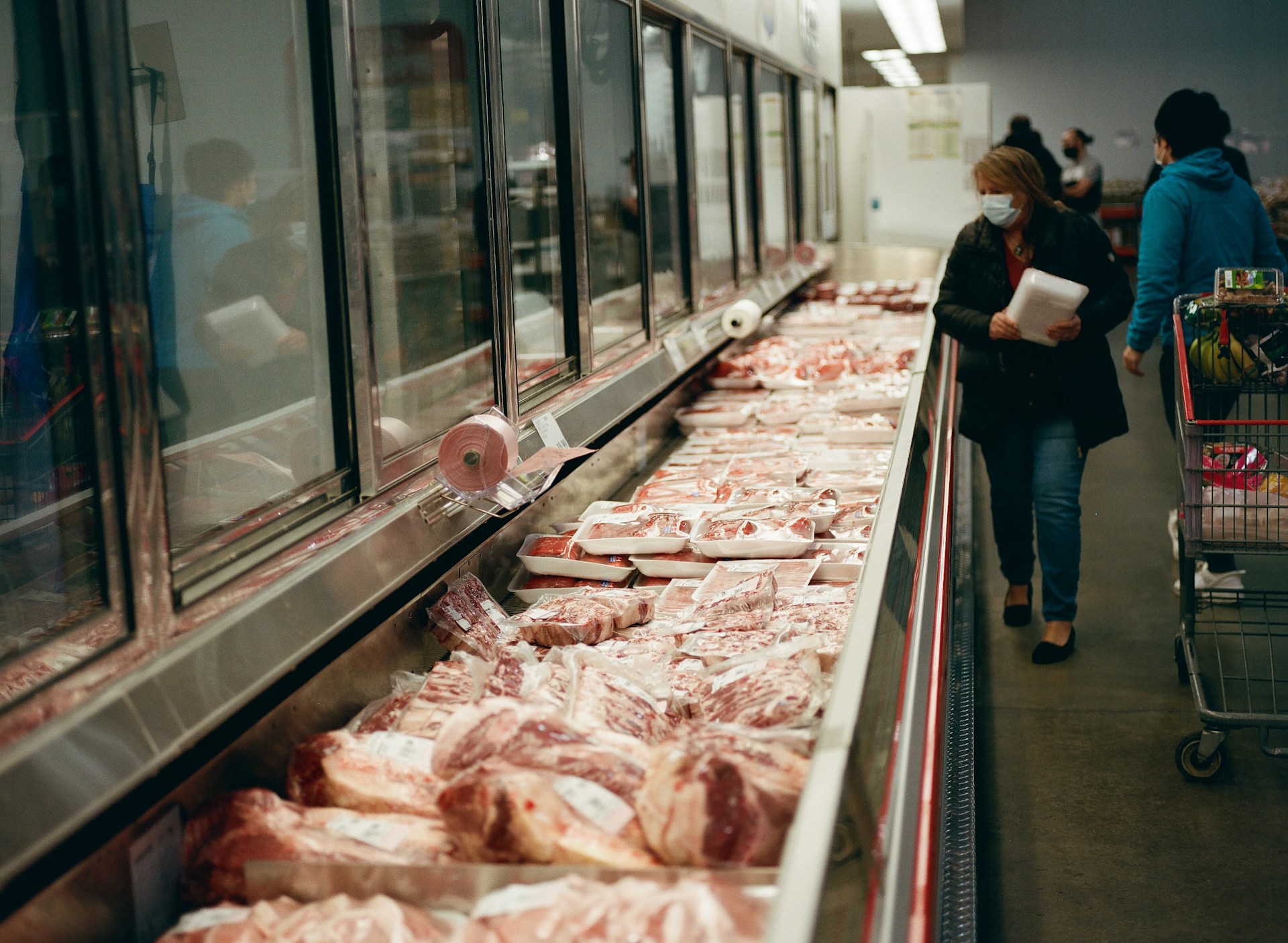Keeping food safe and fresh in grocery stores is crucial for customer satisfaction and public health. When food is stored correctly, it retains its quality and reduces the risk of foodborne illnesses. However, maintaining the ideal conditions for various food items can be challenging, especially in a bustling grocery store environment. This is where technology comes into play, providing solutions that make food safety management more efficient and reliable.
Technology, like automated temperature monitoring systems, has revolutionized how grocery stores manage food storage. These systems continuously monitor storage unit temperature and humidity levels, ensuring food is kept in optimal conditions. Real-time alerts are sent whenever there is a deviation, allowing staff to take immediate action. This not only preserves the freshness and quality of the food but also prevents costly spoilage.
By embracing modern technology, grocery stores can enhance food safety protocols, ensuring customers can always access fresh, high-quality products. The following sections will delve into the importance of technology in food safety, the workings of automated temperature monitoring systems, the benefits of real-time alerts and data tracking, and steps to implement these technologies effectively.
The Importance of Technology in Grocery Store Food Safety
Technology plays a crucial role in maintaining food safety in grocery stores. It ensures that food items are stored optimally, reducing the risk of spoilage and contamination. Sensors and monitoring systems provide continuous data on temperature and humidity levels, vital parameters in food storage. This constant monitoring allows grocery stores to react swiftly if there are any discrepancies in storage conditions, thereby preserving food quality and safety.
Without proper technology, grocery stores face significant risks. Manual monitoring methods are prone to human error and can be inconsistent, leading to lapses in food safety. For example, if refrigeration units fail and staff are unaware, food can spoil quickly, resulting in financial loss and potential harm to consumers.
Contaminated or spoiled food can lead to foodborne illnesses, which damage a store’s reputation and can escalate into legal issues. Additionally, inefficient food storage can contribute to higher rates of food waste, impacting the store’s profitability and sustainability efforts.
By implementing advanced technological solutions, grocery stores can maintain high food safety standards, protect customers, and reduce waste.
Automated Temperature Monitoring Systems
Automated temperature monitoring systems are advanced tools for storing food within the required temperature ranges. These systems use sensors placed in refrigerators, freezers, and storage areas to measure temperature and humidity levels continuously. The data collected is transmitted to a central monitoring system, which allows store managers to monitor storage conditions in real-time.
The advantages of using automated temperature monitoring systems are numerous:
1. Accuracy and Consistency: These systems provide accurate and consistent data, minimizing the risk of human error that comes with manual temperature checks.
2. Real-Time Monitoring: Continuous tracking of temperature and humidity levels enables immediate detection of deviations from set parameters, ensuring that corrective actions can be taken promptly.
3. Improved Food Safety: By maintaining optimal storage conditions, these systems help prevent the growth of harmful bacteria and pathogens, reducing the risk of foodborne illnesses.
4. Cost Savings: Automated systems can significantly reduce food waste by ensuring that all storage units maintain the correct temperatures, prolonging perishable items’ shelf life.
5. Compliance: These systems often come with automated record-keeping and reporting features that help stores comply with food safety regulations and standards, thereby avoiding potential fines and legal issues.
By leveraging automated temperature monitoring systems, grocery stores can optimize their food storage practices and ensure better food quality and safety for their customers.
Benefits of Real-Time Alerts and Data Tracking
Real-time alerts are a crucial feature of automated temperature monitoring systems. These alerts are triggered whenever temperature or humidity levels deviate from the preset ranges, instantly notifying the store’s management or relevant personnel. This immediate notification allows quick corrective actions, such as adjusting the thermostat or checking for equipment malfunctions. Real-time alerts help prevent significant losses by catching problems early before they can affect large quantities of food.
Tracking data over time provides numerous benefits. Consistent data collection allows stores to spot patterns or recurring issues requiring long-term solutions. For example, if a particular freezer frequently shows temperature fluctuations, it might be time to service or replace it.
Tracking data also aids in regulatory compliance by maintaining comprehensive records, which can be presented during inspections. Additionally, historical data helps optimize inventory management. Understanding product storage conditions and shelf life allows stores to stock efficiently, reducing waste and ensuring that fresh items are always available to customers.
Overall, real-time alerts and data tracking are integral to a robust food safety system, ensuring that grocery stores can maintain high standards and meet all regulatory requirements.
Implementing Technology for Optimal Food Quality
Implementing technology in a grocery store involves several vital steps to ensure it effectively enhances food quality and safety. First, it’s essential to assess the store’s current storage systems. Identify areas where technology can significantly impact, such as refrigeration units, freezers, and dry storage areas.
Next, choose the appropriate monitoring systems. Opt for sensors and software that suit the specific needs of your store. For example, high-traffic areas or sections with sensitive products like dairy and meats might require more precise monitoring.
Training staff is also vital. Employees should understand how to use the new technology, respond to alerts, and handle data tracking efficiently. Regular training sessions can ensure that everyone is up-to-date with the system’s functionalities and best practices.
Implementing these technologies doesn’t just prevent spoilage and contamination; it significantly enhances the overall food quality. Consistently maintaining optimal storage conditions means that food retains its freshness longer, increasing customer satisfaction. Fresh, high-quality products appeal to customers, fostering trust and loyalty towards the store.
Conclusion
Maintaining food safety and quality in grocery stores is complex but vital. Technology, like automated temperature monitoring systems, plays a significant role in this mission. These systems provide consistent, accurate monitoring of storage conditions essential for keeping food safe. Real-time alerts ensure that issues are addressed immediately, preventing spoilage and contamination. Tracking data over time offers insights into long-term trends and helps manage inventory more effectively.
Implementing this technology involves careful planning, including assessing current storage methods, choosing the right tools, and training staff. When done correctly, it significantly boosts food quality and customer satisfaction.
Explore Qualified Controls’ advanced temperature monitoring systems to ensure your grocery store achieves the highest food safety and quality standards. Visit Qualified Controls today to learn how we can help you maintain optimal storage conditions and keep your food fresh and safe.


